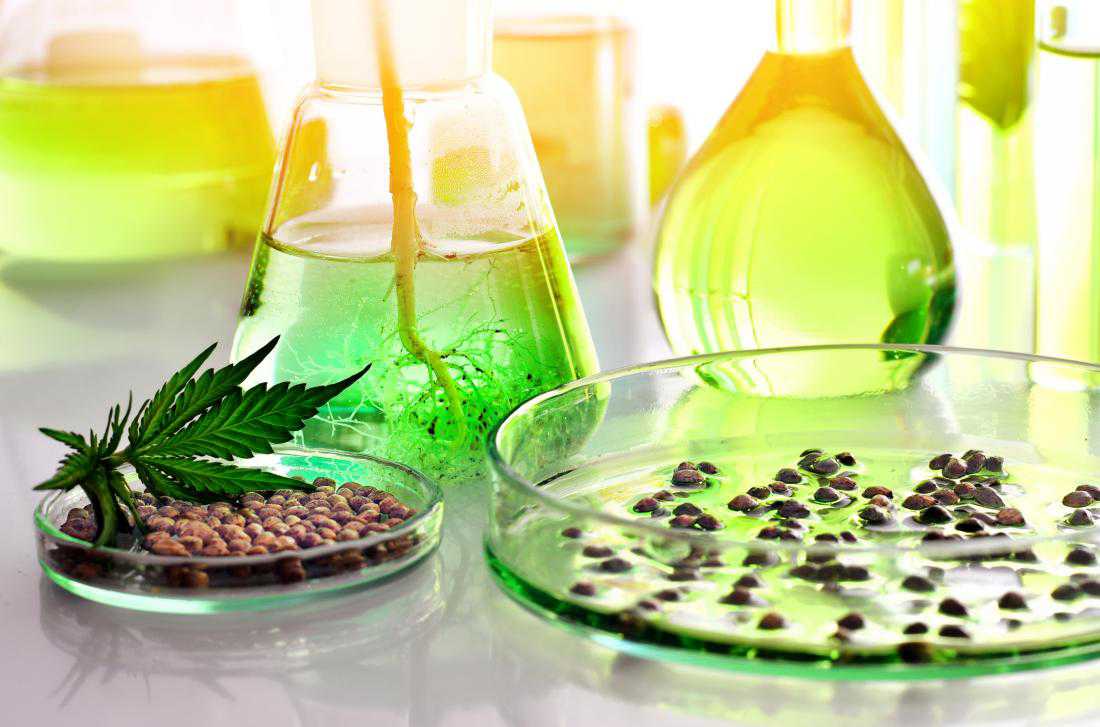Could a cannabis substance replace opioid pain relievers?
05 August, 2019

Researchers have known about the pain relieving potential of cannabis for decades, but they have had to wait until now to determine how the plant creates such effective substances. Their findings may help provide a solution to the opioid crisis.
People can treat chronic pain using a number of different medications. However, doctors commonly prescribe opioids for pain that is constant.
Opioids work by attaching themselves to nerve cell receptors in various parts of the body, blocking pain signals that are traveling to the brain.
Although effective, the downside of opioids is the risk of addiction — especially when a person takes them for an extended period.
More than 130 people in the United States die of an opioid overdose each day, according to the National Institute on Drug Abuse. The problem is so severe that officials have labeled it as a public health crisis.
"There's clearly a need to develop alternatives for relief of acute and chronic pain that go beyond opioids," says Prof. Tariq Akhtar, from the department of molecular and cellular biology at the University of Guelph in Ontario, Canada.
According to Prof. Akhtar and other researchers at the university, cannabis could be the key.
Ideal pain relievers
In the 1980s, scientists identified two cannabis molecules: cannflavin A and cannflavin B. "These molecules are nonpsychoactive, and they target the inflammation at the source, making them ideal painkillers," explains Prof. Akhtar.
In fact, research found that flavonoids, as the molecules are now known, are almost 30 times better at reducing inflammation than aspirin.
But, due to regulatory laws, researchers made little progress in figuring out how the cannabis plant makes flavonoids. Until now, that is.
Cannabis use has now become normalized and even legal in some places, including Canada. The University of Guelph team used this change of situation to delve into the molecule-making process.
"Our objective was to better understand how these molecules are made, which is a relatively straightforward exercise these days," says Prof. Akhtar.
"There are many sequenced genomes that are publicly available, including the genome of Cannabis sativa, which can be mined for information. If you know what you're looking for, one can bring genes to life, so to speak, and piece together how molecules like cannflavins A and B are assembled."
TAG(s):
